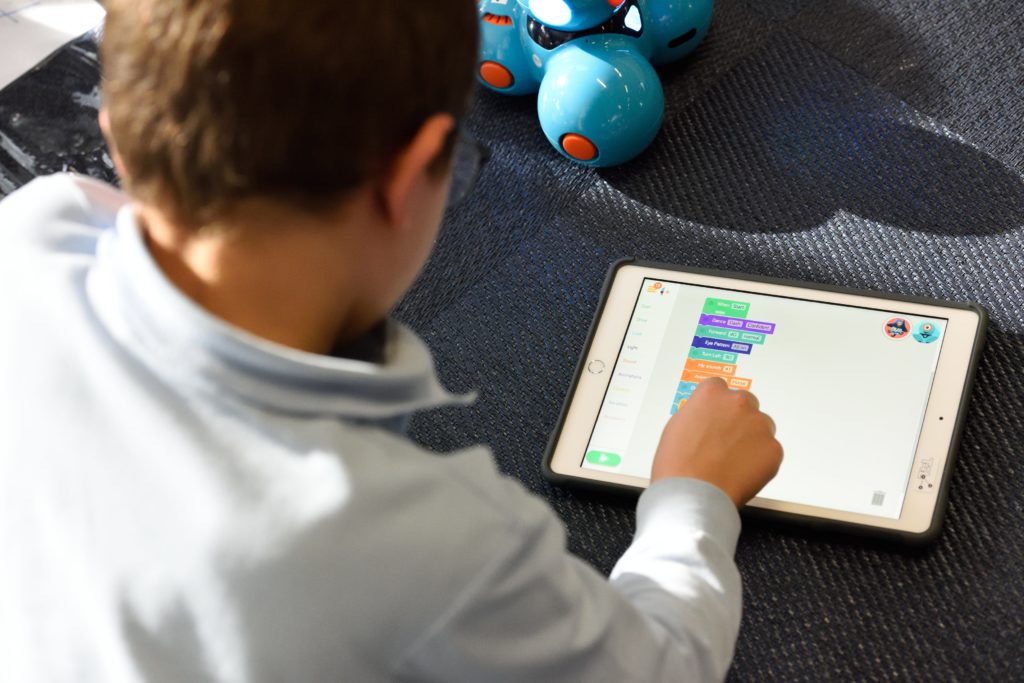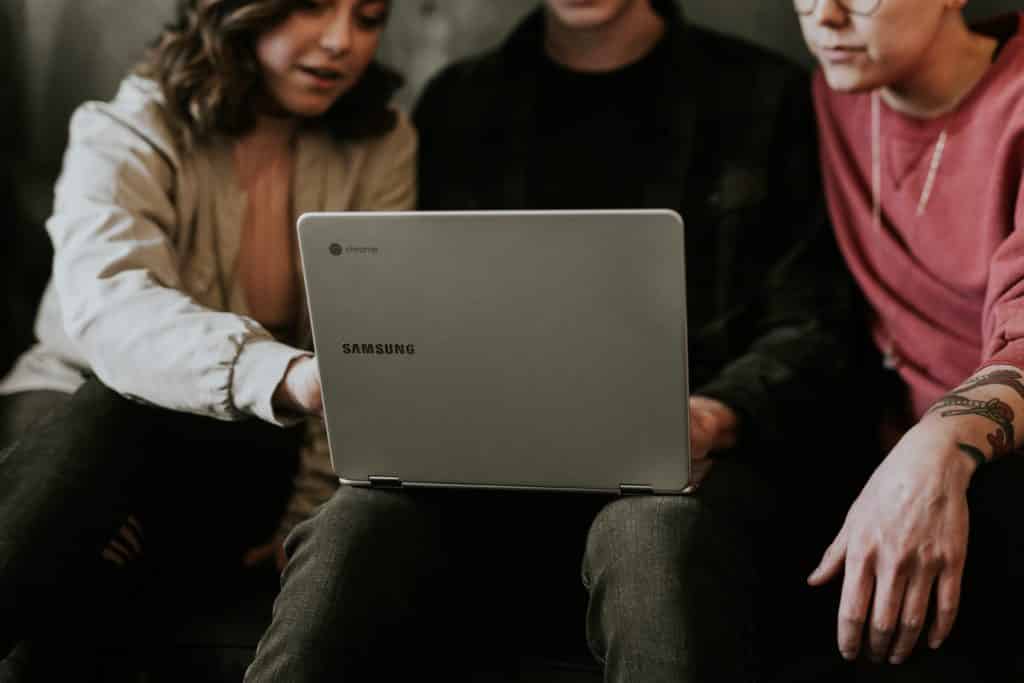Simply put, this school year, there are more factors to consider when looking at student performance. Aside from natural items that come up, such as a student’s academic track record or reported learning challenges, wrenches have been thrown into the mix due to the current pandemic.
Some additional factors affecting student performance pertain to the student’s environment, family status and new teaching methods. The student’s situation at home is a greater factor than ever before now that students are spending more time at home and often learning remotely.
Many students who may have been successful in prior academic settings, might be struggling with new hybrid and online teaching environments. Video fatigue is real. The lack of social interaction with classmates is real. Technology challenges are real. The challenges presented to today’s teachers to teach in these remote environments or in-person with half the class are also very real. However, these are challenges being experienced by nearly every single school across not just the US, but the world.

Social distancing presented challenges
While remote learning and remote work opportunities have been growing for quite some time regardless of the pandemic, the current need to social distance has led to massive adoption of remote processes. Professionals who may have been well equipped to handle web conferencing and remote training are even struggling. When you consider the needs of today’s students and how they are adjusting, the concerns are much greater.
Students thrive when given opportunities to collaborate and converse with peers. They grow from classroom discussions and social interactions with classmates, both academically and socially. Now, they’re being deprived of these opportunities to do so in person. This is not to say that discussions cannot be achieved virtually, but the success of these depends greatly on the teacher or facilitator to ensure their effectiveness.
Teachers are tasked with finding ways to encourage the social interaction and engagement of their remote students. Parents are tasked with ensuring their kids are logging on and participating effectively. Teachers and parents are both concerned with ensuring these kids are given ample opportunities to interact with their peers for social growth.
Technological challenges
There are also many technological aspects to consider. There are few things more disruptive to an online course or parent-teacher web conference than spotty Wi-Fi and connectivity issues. With so many members of the household learning and working from home, they’re likely relying on the same Internet and experiencing bandwidth issues. Being kicked off a Zoom call can create challenges of missed information and communication that’s unclear. These factors can present students with additional challenges that disrupt their learning experiences.
Combatting these challenges
When considering the factors affecting academic performance of university students, as well as K-12 groups, there are many solutions to consider.
- General modernization: With technology comes a greater availability of online materials and access to online tools. From digital libraries with more books students can access online to the creation of Bitmoji classrooms, effective educators are leaning on technology tools to facilitate better remote learning opportunities. More modernization also allows educators to provide students with more choice. From choice boards being used in younger classrooms to different ways to consume materials, such as on-demand or closed captions and transcription in higher-ed, educators can learn more into Universal Design for Learning principles that allow students to make personalized decisions that play into their preferred styles for learning.
- Web accessibility: As more materials and instruction happens online, usability and design is key. Ensuring students have a ‘clean’ platform and clear instruction to consume course content effectively and in multiple formats is undoubtedly helpful. More can also be done now to accommodate the needs of students with reported disabilities, such as hearing loss, or those with attention deficit disorders. For example, interactive transcriptions can be used as a replacement for in-person notetakers. Captioning of online classes can now happen within Zoom and web conferencing platforms to engage remote learners and those with disabilities effectively. When shifting courses online, it’s important to note that students who may not have struggled prior to the pandemic which has presented more distractions may now be doing so. Others who may not have needed to report their disabilities when learning in-person, may need accommodations to be made in online environments. Keeping web accessibility tools top of mind will help to solve these challenges.
- Engagement: Keeping students engaged as they try to learn in the middle of an international crisis or from their homes where they’re not used to needing to focus can be difficult. There’s a rising importance in facilitating student engagement, as distant learning makes it harder to control the environment and attendance. Steven W. Anderson, a leader in the convergence of digital learning and leadership is an expert in creating meaningful School:Home Relationships. He said research around utilizing video through remote means in order to teach students says that less is more. When you use video services in distance learning for smaller or individualized instruction, the engagement and achievement levels increase. Teachers should be aware that research justifies this smaller length of screen time. Considering that less is more and focusing on high quality research-backed pedagogy, rather than tricking students into engagement through technology is important, he said. When using video and web conferencing for online learning, teachers would be wise to allow for as much interactivity for engagement as possible. Engagement can take form through polls throughout the class, discussion boards, chats and breakout sessions where students can interact and collaborate in smaller groups.
In conclusion
There’s no downplaying the very real factors that affect students’ performance currently. The current situation has raised questions of whether the current challenges, despite some Band-Aid and other solutions will negatively affect academic performance for the short-term. Others worry about the long-term effects, such as social implications for students at critical learning and social development ages.
However, there is also a great deal of optimism. The hope surrounds new technologies which are maturing and being developed to account for the new needs of remote students. Additionally, teachers are doing more research and collecting more data to help inform online learning experiences and best practices long term. Many school leaders who questioned the need for technology tools are now being forced to test them out and seeing positive results.
As more students, teachers, schools and parents look to embrace the influx of new technologies available to them to enhance the remote learning experience, the less likely it will be for the student experience and student performance to suffer. More technology will lead to more creative ways to rethink traditional education delivery and enhance the student experience with different tools to accommodate various learning preferences long-term.
Finally, the factors that affect student performance in school currently may be the ones that then lead to their success as professionals and life.
“We have a real opportunity here to really think: ‘What are those traditional skills that we’ve been teaching, and how effective have we been doing it?’ Anderson said. “We have the opportunity to teach soft skills as well like reflection and collaboration. Now, we have a really great opportunity to work on softer skills that are essential for the workforce.”
Overcoming the factors affecting students performance will provide these students with experience handling adversity and set them up for challenges presented in the real world post graduation.
